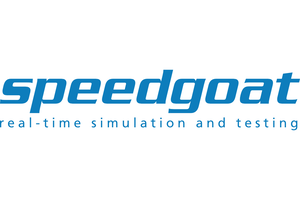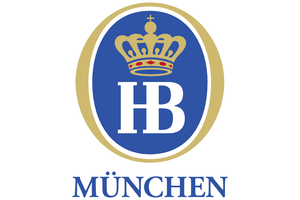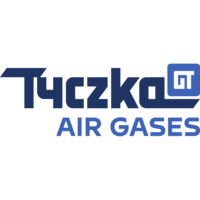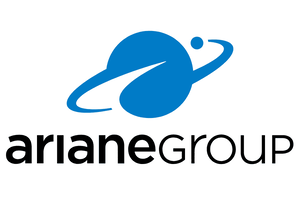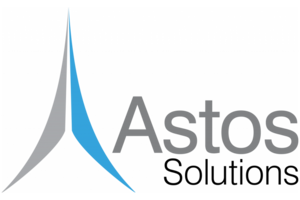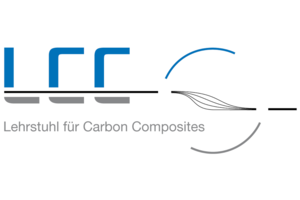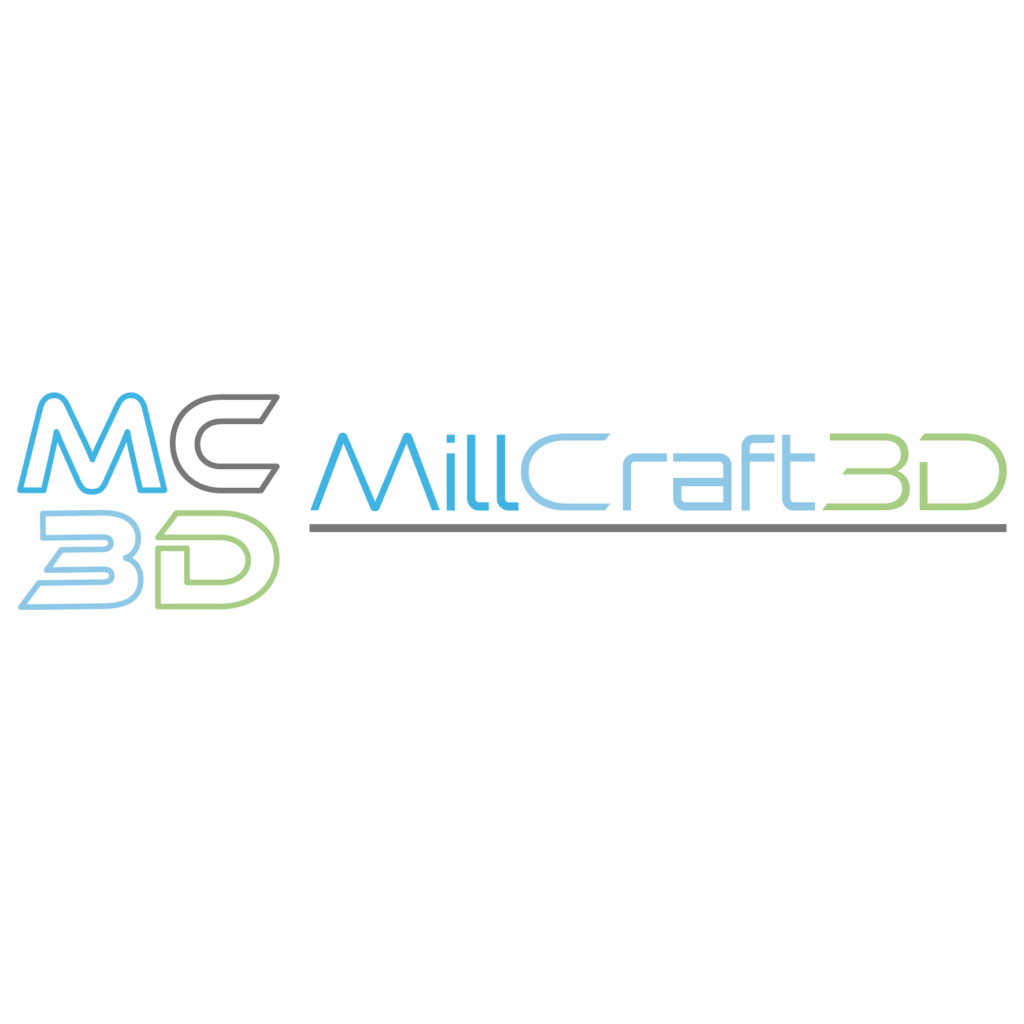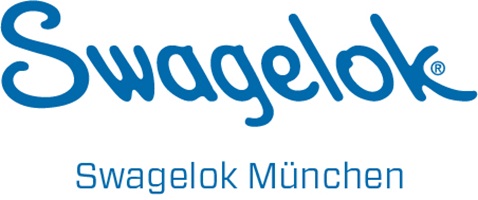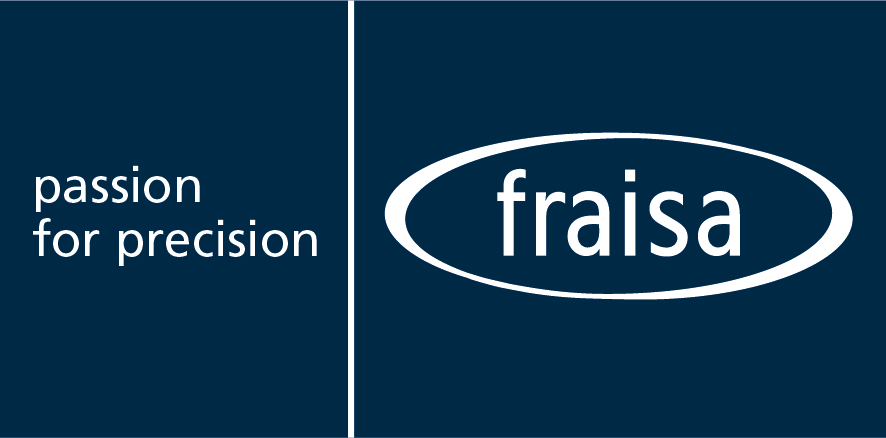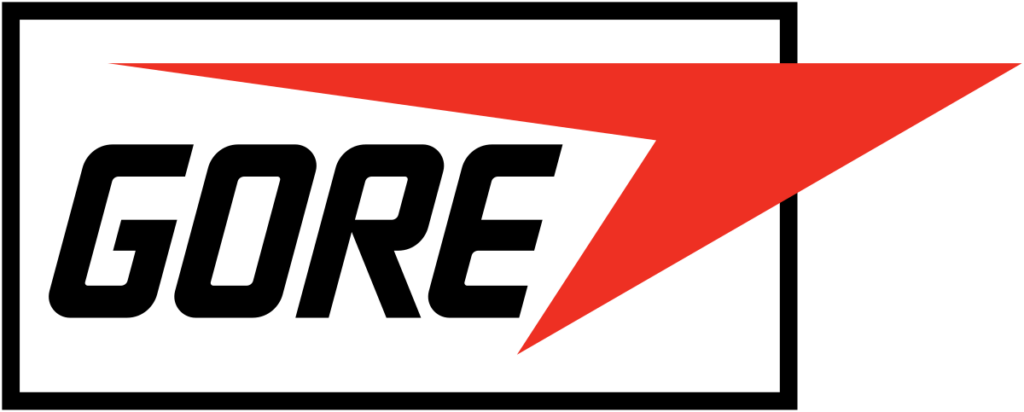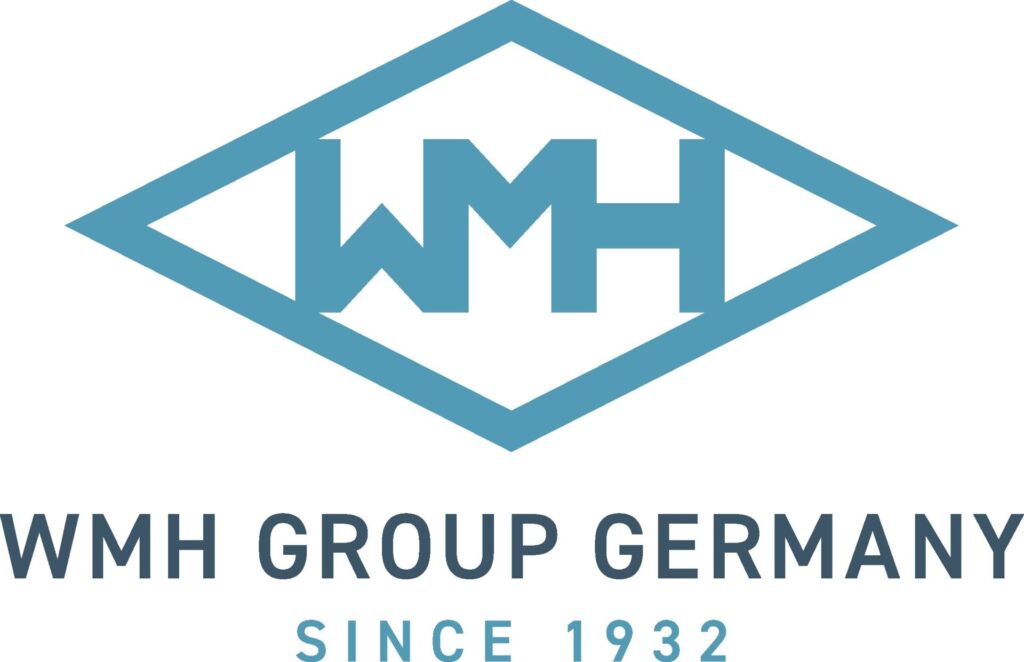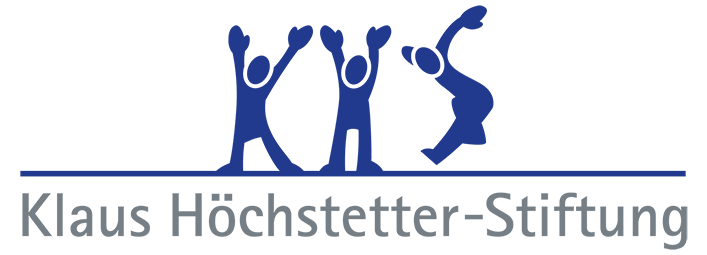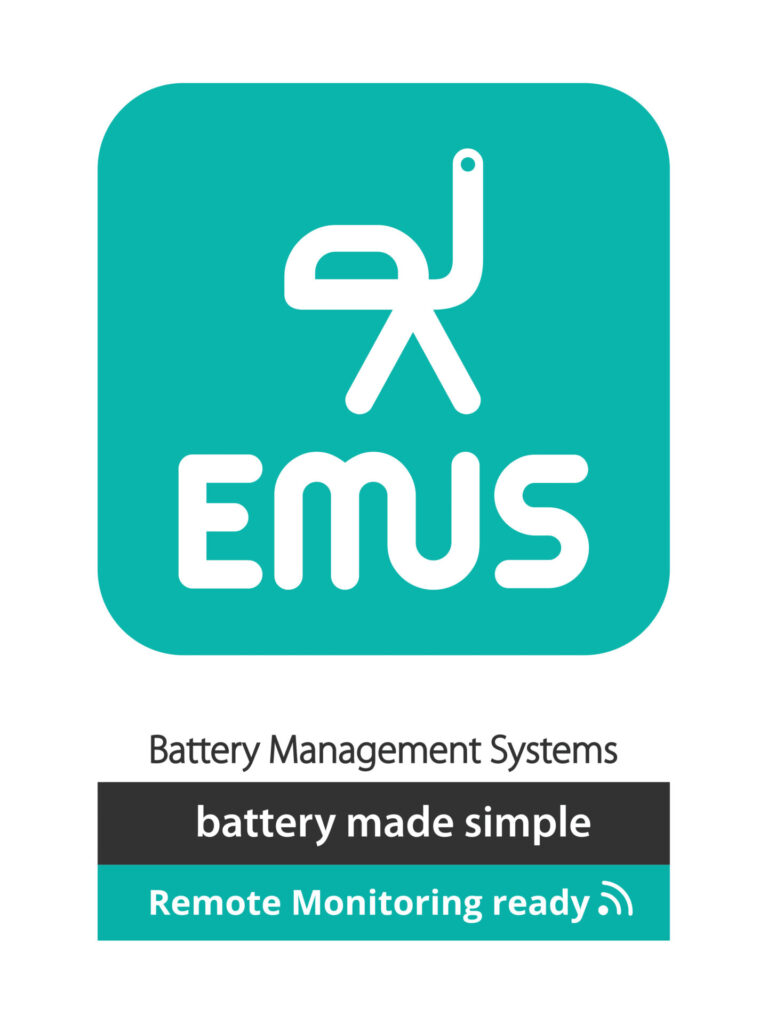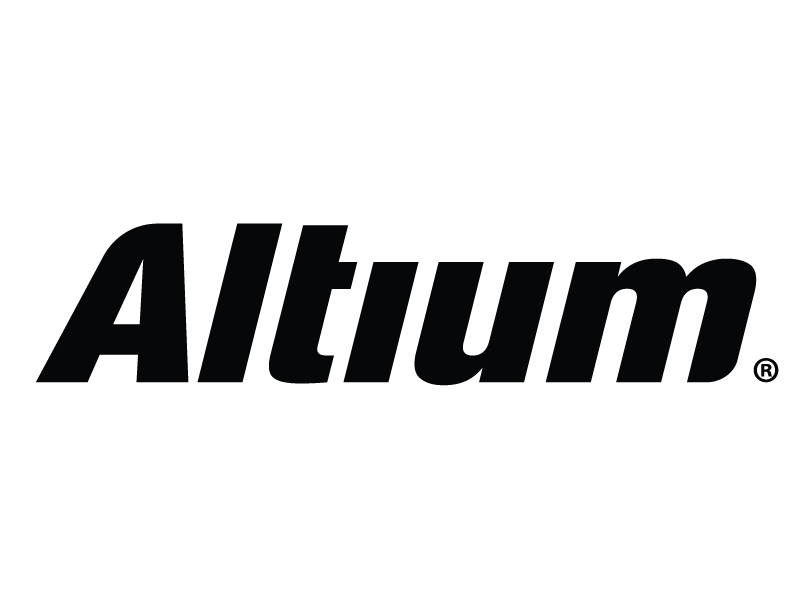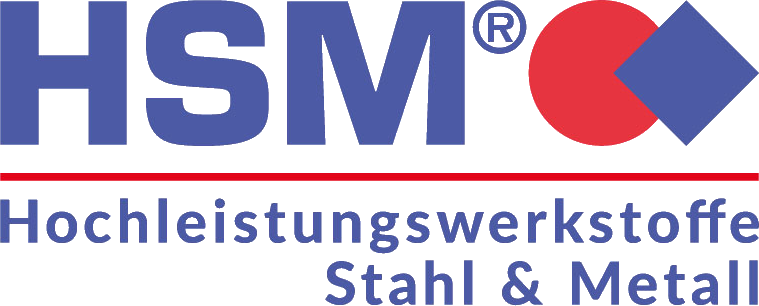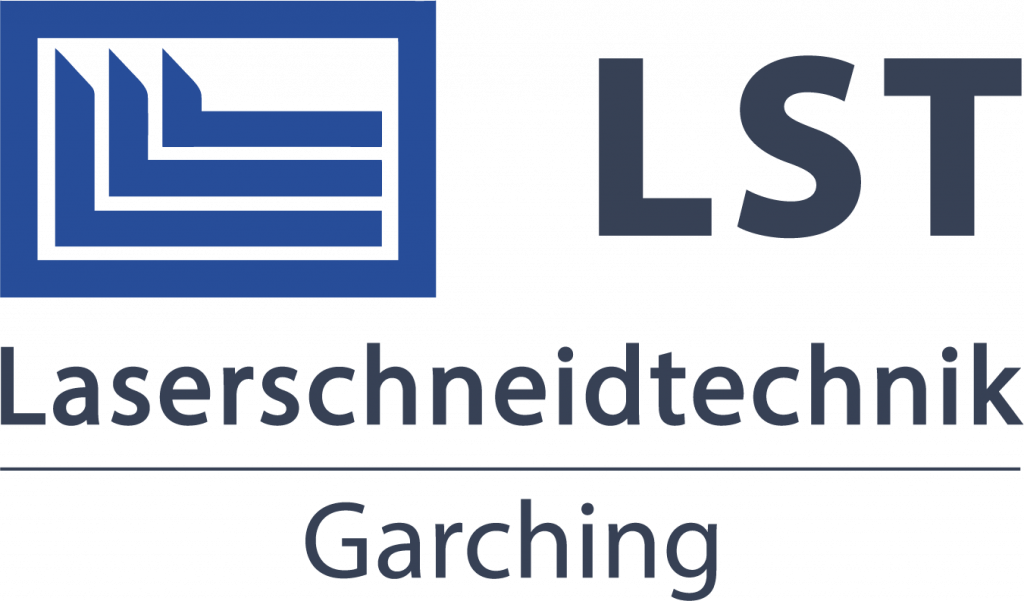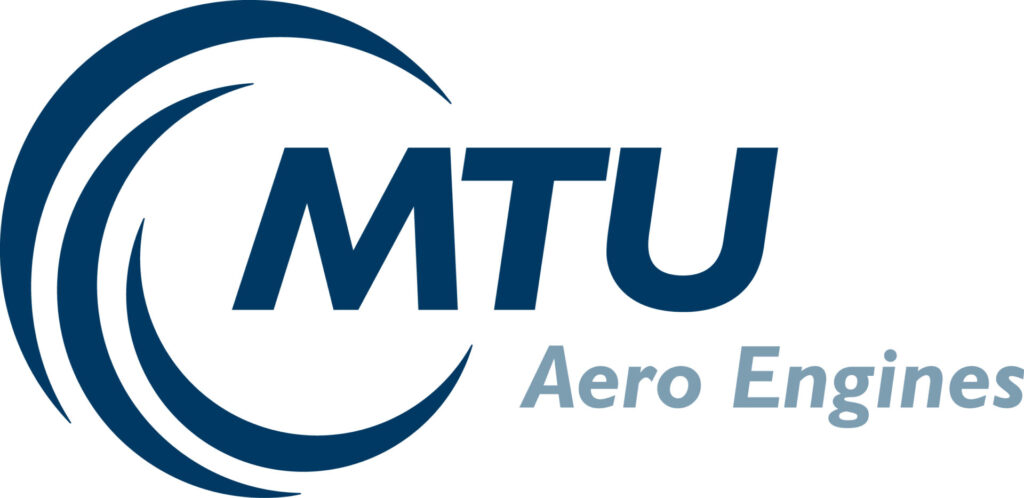
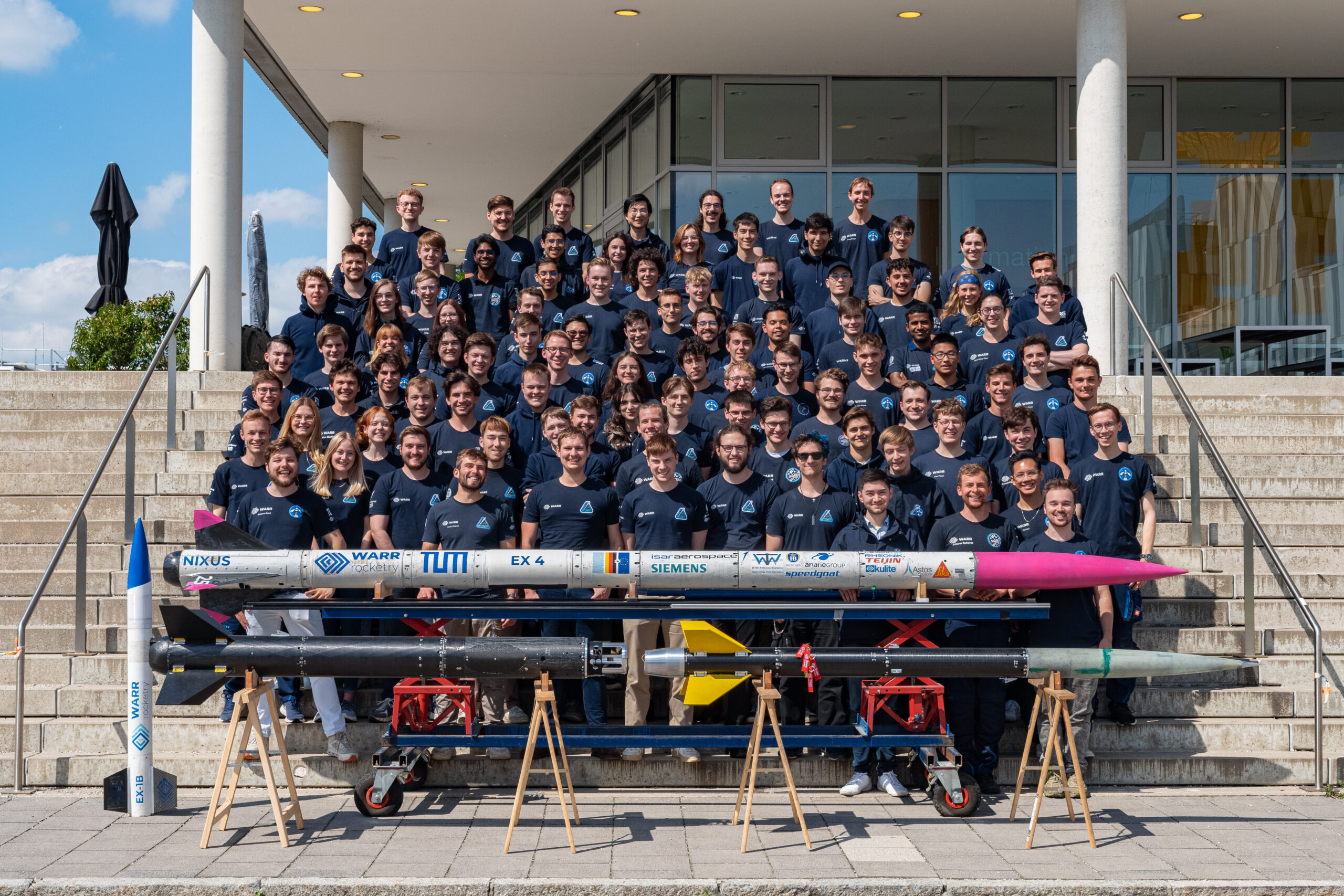
Who We Are
WARR Rocketry started as the first branch of WARR back in 1960. From a humble student group of less than 10 students, we have grown massively over the years to 150+ active members from all backgrounds up until today – from Aerospace and Mechanical Engineering to Economics and Business majors. The team consists of students in all Bachelor’s and Master’s semesters working alongside each other.

What We Do
At WARR Rocketry we develop, construct and launch advanced sounding rockets. From the engine and structure to the aerodynamic elements and the flight computer, we design the vast majority of the components ourselves. Leveraging years of expertise, we succeed at producing and testing our rockets with precision and innovation. Explore the heights with us as we redefine the frontiers of rocketry.
Current and Recent Projects
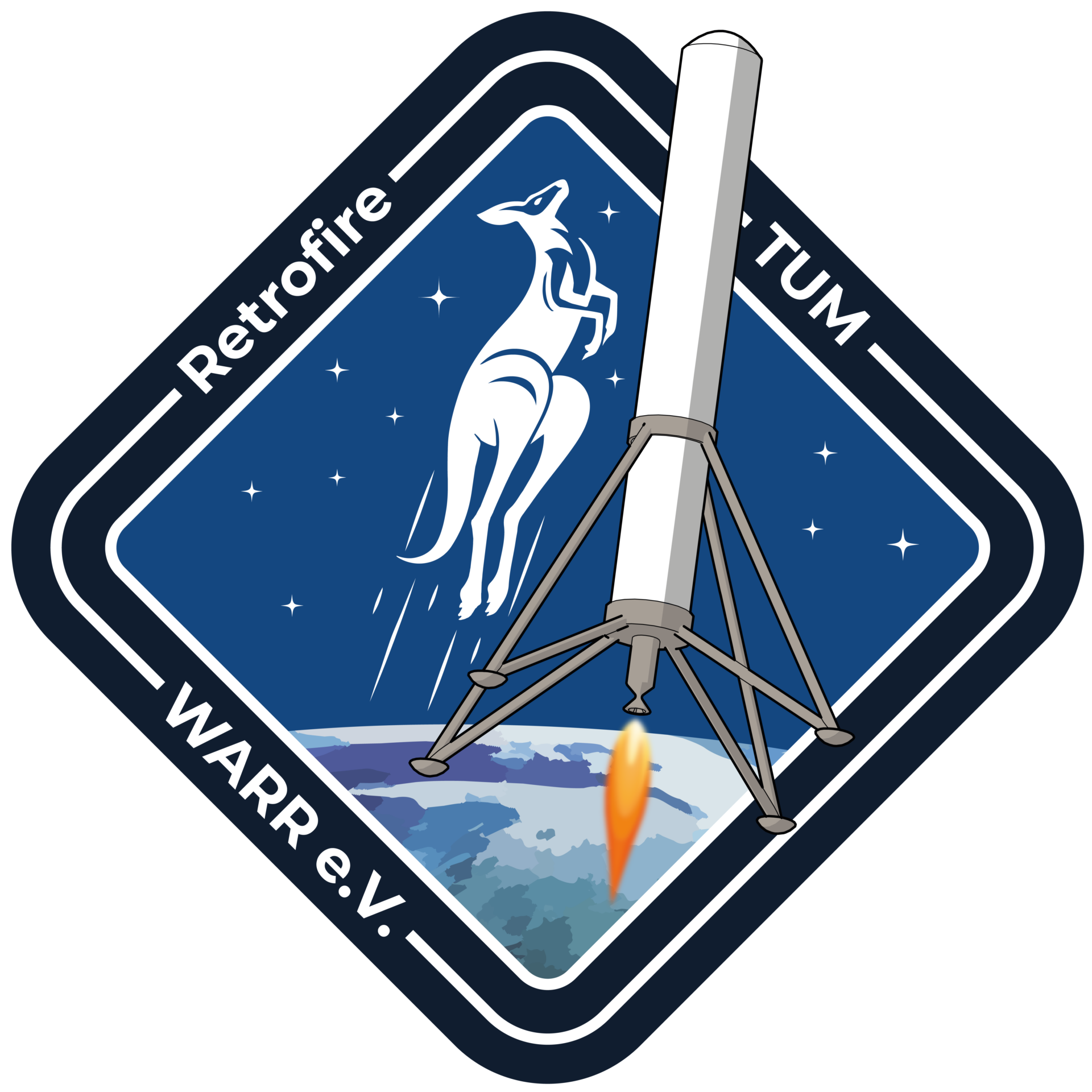
| Project Duration | 2024 – today |
| Height | 2,5 m |
| Diameter | tbd |
| Cycle | Pressure-fed |
| Takeoff Mass | ~150 kg |
| Thrust | 2,25 kN |
| Landing hop altitude | 50 m |
| Propellant | Ethanol / LOX |
Retrofire
With Project Retrofire, a new chapter is starting to unfold in WARR’s long and successful story of student-engineered rocketry. This project marks a paradigm shift, especially regarding system complexity in active flight control, and will eventually enable WARR to tackle even more ambitious goals.
At its core, the project aims to develop a rocket capable of autonomous propulsive landing, building WARR’s expertise in engine throttling and flight control systems. Above all, it remains true to WARR’s mission: providing students from diverse fields with hands-on experience in reusable rocketry — right in the heart of Europe.
With this “rocket hopper”, WARR will enter the Collegiate Propulsive Lander Challenge, where university teams from around the world compete to perform a 50-meter free flight hop and tackle different other demanding control challenges. So far, no team has completed them all — the race is still wide open.
The final rocket will be powered by a pressure-fed bi-liquid engine (ethanol and liquid oxygen) delivering over 2.2 kN of thrust. It will feature thrust vector control (TVC) for pitch and yaw, and a cold gas RCS for roll.
In parallel, a scaled-down electric prototype – as seen on the right – will allow rapid, cost-effective testing of control software and strategies.
As our most complex project to date, Project Retrofire is built from the ground up — and we’re looking for passionate students from all disciplines to help make it a success.
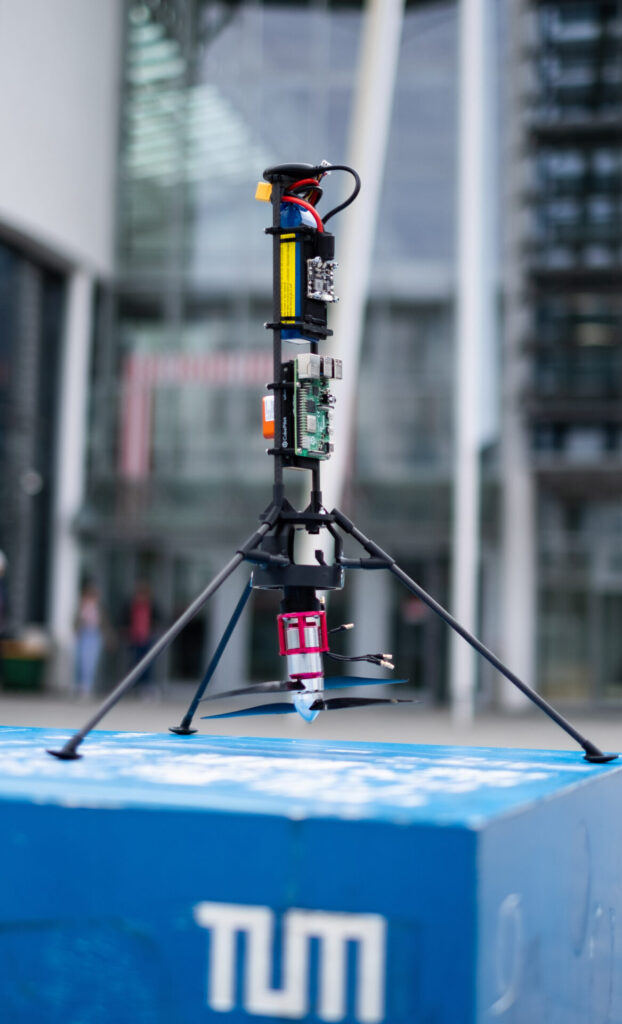
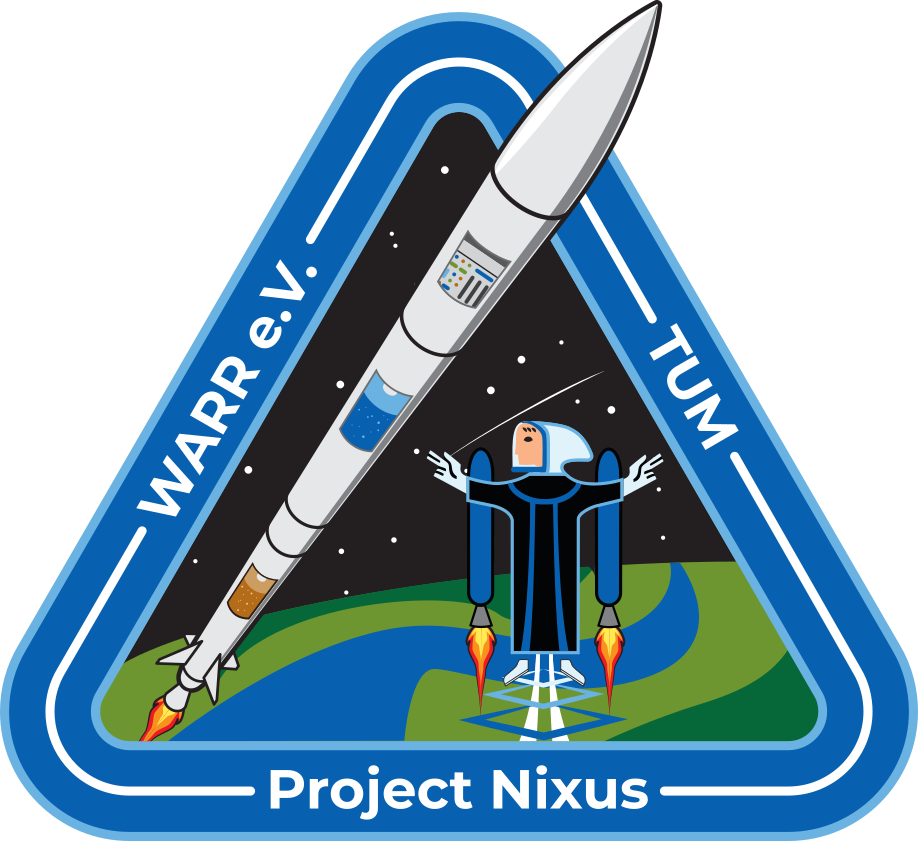
| Project Duration | 2020 – today |
| Height | 5,17 m |
| Diameter | 200 mm |
| Cycle | Pressure-fed |
| Takeoff Mass | 94 kg |
| Thrust | 4,0 kN |
| Apogee | 1678 m (AGL) |
| Propellant | Ethanol / LOX |
Nixus
Project Nixus opened up a new chapter for WARR Rocketry, as we took on the challenge of building a bipropellant-liquid sounding rocket in 2020.
Our goal is to reach a height of 3.000 m as precisely as possible so that we can participate in international competitions. To accomplish this, we make use of cutting-edge technology, such as a 3D printed regeneratively cooled combustion chamber, as well as pressurization tanks made from CFRP. Moreover, we benefit from years of experience in working with cryogenic propellants and strong collaborations from industry and research.
In addition, the complexity of our rocket Nixus became clear during our first participation in the European Rocketry Challenge in October 2023, when we won the “EuRoC New Space Design Award 2023“. This award honors the team with the overall best design implementation, which displays a high competency in all its characteristics, is based on stringent strategic decisions, represents an exceptional challenge to realize, and might even go beyond pure rocketry to put special attention towards its innovation and/or payload.
At EuRoC 2024, Project Nixus successfully launched their current rocket, EX-4B, reaching an apogee of 1678 meters (AGL). The launch of this cryogenic bi-liquid rocket also marks the first launch of such a rocket in European student rocketry. We managed to win not only the L3 award, for the best liquid rocket with a target apogee of 3000m, but also the Team award, while our partner team Spacelabs won the Payload award for D.I.N.O.labs, which successfully collected data during our flight.
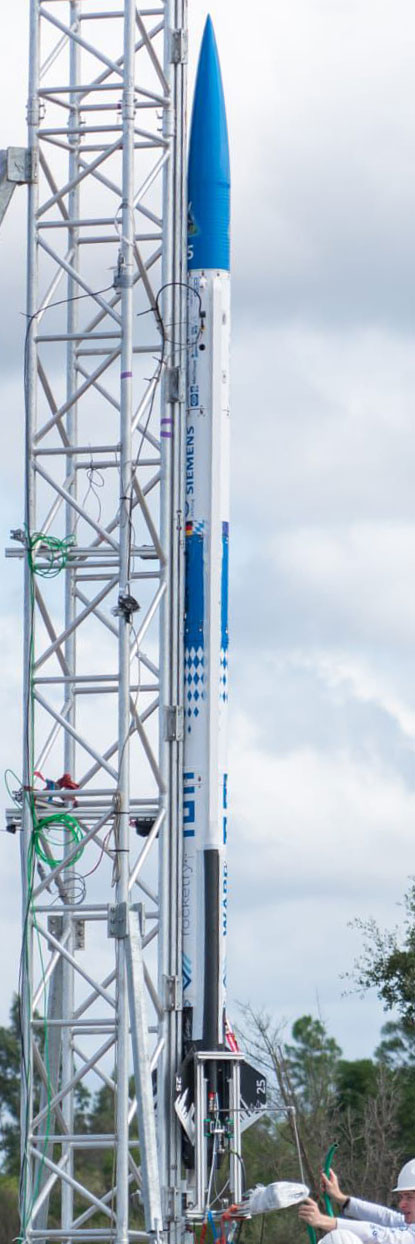
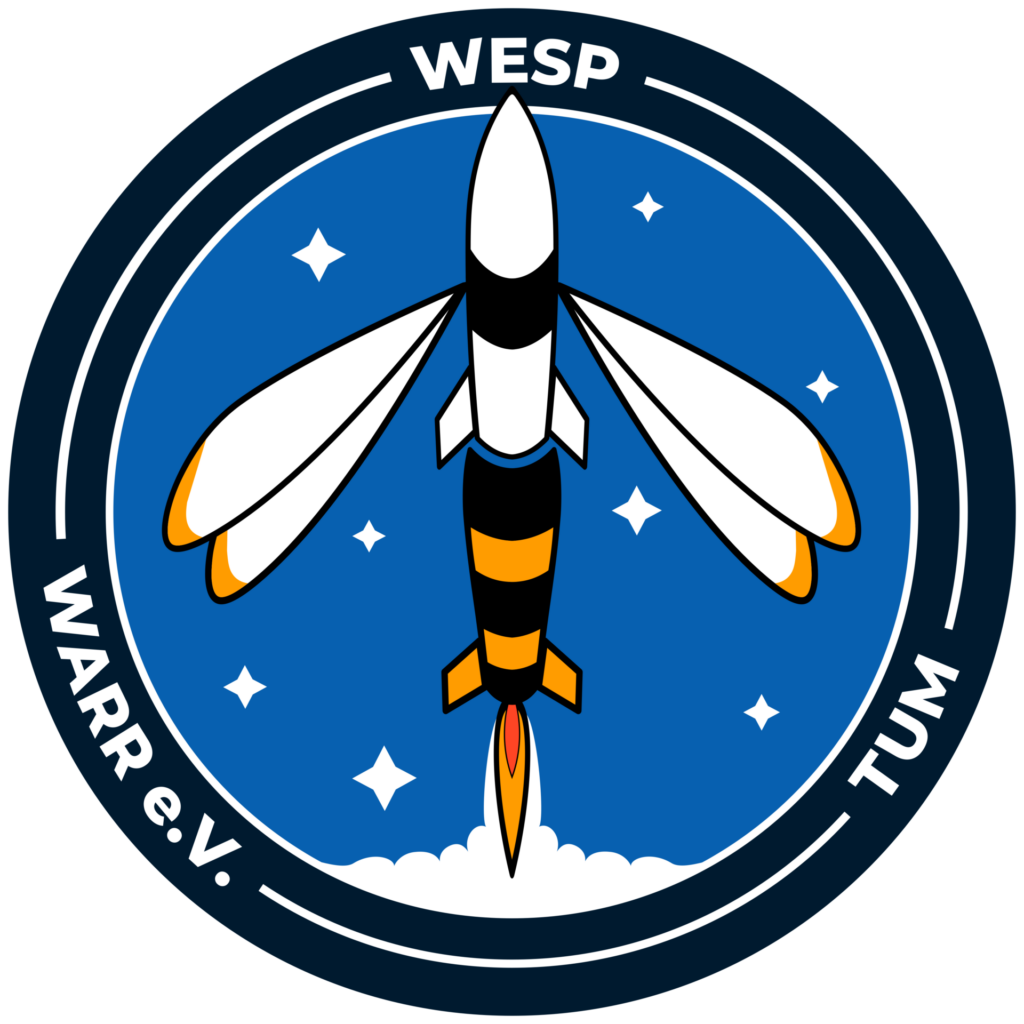
| Project Duration | 2023 – today |
| Height | 5,01 m |
| Diameter | 200 mm / 146 mm |
| Type | Solid Propellant |
| Takeoff Mass | 59 kg |
| Thrust | 8 kN / 2,4 kN |
| Apogee | 7800 m |
WESP
“WARR Experimental Solid Platform”
Born out of the necessity for a smaller, simpler platform to test subsystems like avionics or recovery systems, project WESP was created.
After serving that goal for a year, WESP evolved into a much more ambitious endeavor, seeking to explore staged rocket systems and further familiarize ourselves with supersonic flight regimes.
Powered by solid rocket motors, as opposed to the liquid engines in WARR Rocketry, WESP aims for maximum flight performance, apogees, velocities, and more frequent launches.
This has led to the development of our latest, two-stage rocket:
EX-1E
We proudly launched and fully recovered this vehicle at SAC 2024 (Spaceport America Cup) in the desert of New Mexico.
Since our main target is to educate our members within all subjects of rocketry, we are designing, developing, and manufacturing everything from carbon fiber structures, our weight-optimized CNC parts, and our flight computer in-house.
Looking forward, we are working on our next rocket evolution:
EX-1Evo
EX-1Evo aims to further our expertise in new technologies and push the boundaries of velocity and altitude. As the successor to EX-1E, it introduces several key advancements, including hot staging, strain gauges, temperature probes all over the vehicle for detailed structural analysis, load cells in the recovery systems, and a Mach probe for accurate velocity measurements.
The rocket also features aerodynamically optimized fincans to enhance flight stability and improve efficiency. Designed to reach an altitude of 14 km (approximately 45,000 ft), EX-1Evo will represent us in the 45,000 ft category at the IREC 2025 Competition.
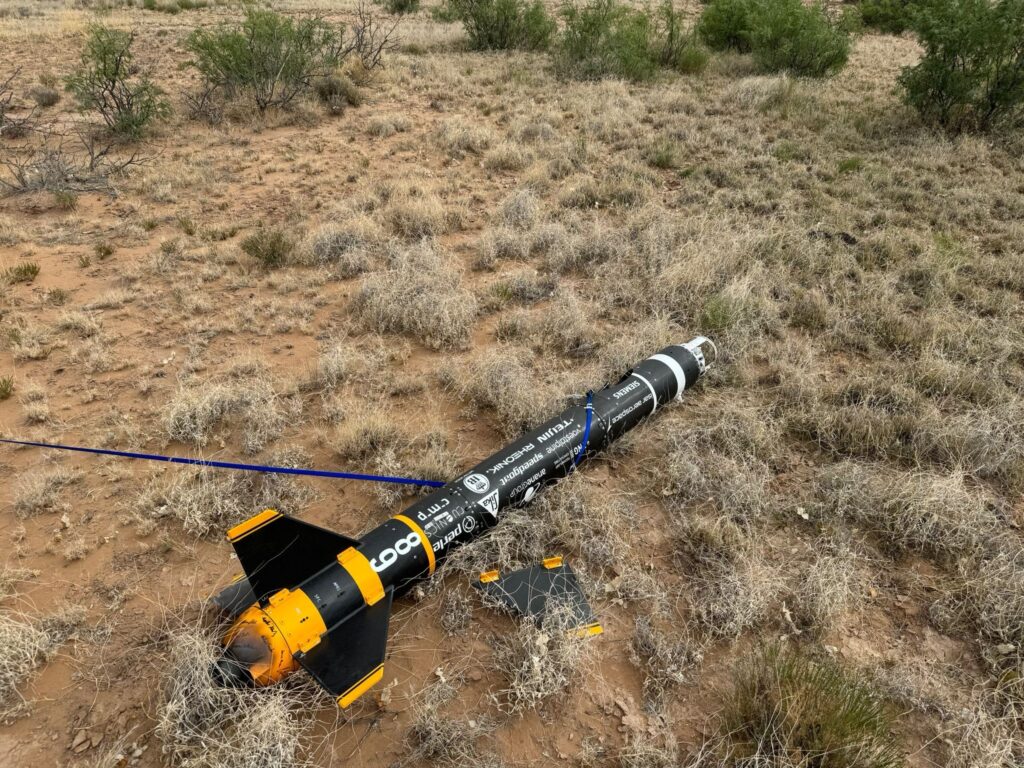
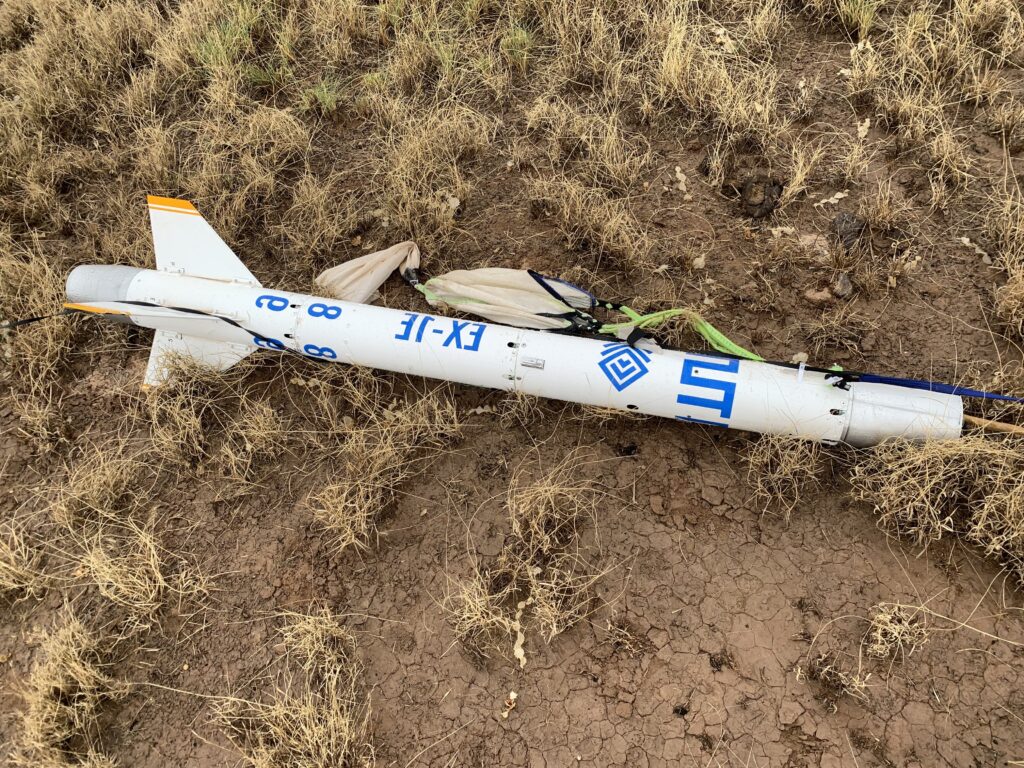

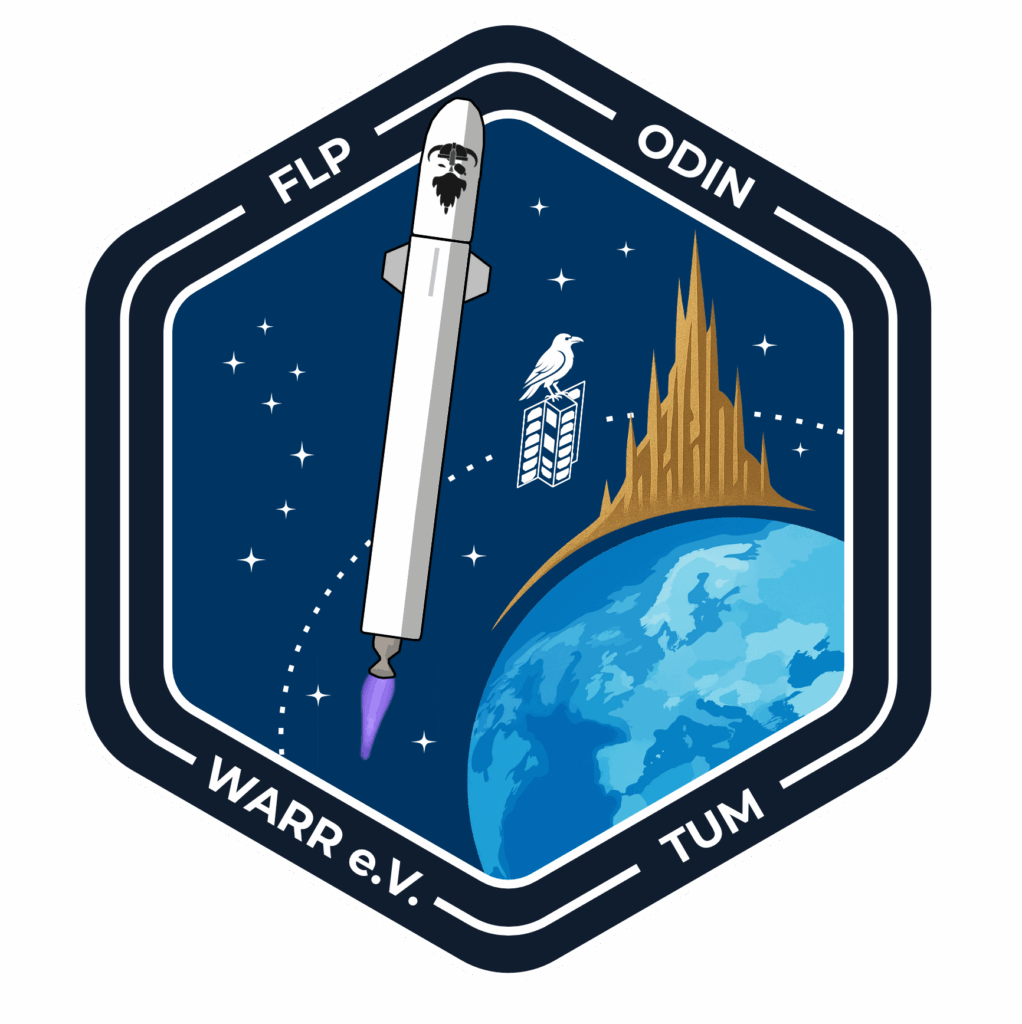
| Project Duration | 2025 – today |
| Total Impulse | ~ 1.3 MNs |
| Diameter | 400 mm |
| Engine Cycle | Expander Bleed (Turbopump) |
| Thrust | 15 kN |
| Takeoff mass | ~ 650 kg |
| Apogee target | 150 km |
| Propellant | LCH4 / LOX |
FLP/ODIN
WARR’s Future Launcher Program at BVSR ODIN
Looking forward, we are working on our next rocket evolution:
With FLP, our first liquid-fueled space shot design, as part of the BVSR ODIN competition. The rocket is designed to cross the Kármán line, deliver sustained microgravity, and serve as a study into how student-built demonstrators can evolve toward future launch systems.
The project builds on our technology heritage: the cryogenic propulsion expertise of Project Nixus, staging from Project WESP, and control being developed in Retrofire. Together, these developments form the staging ground for one of our most ambitious concepts to date
Within ODIN, FLP acts as a design study. The goal is to test concepts during the competition, then spin out promising subsystems into dedicated development after its conclusion or carry them forward into a second iteration of the challenge.
At the heart of the Vehicle is a Methane/LOX turbopump-fed engine in an expander-bleed cycle, developed in-house. The rocket also integrates active aerodynamic control, a reaction control system for coast and descent, advanced carbon fiber structures, and cryogenic pressure vessels.
Past Projects
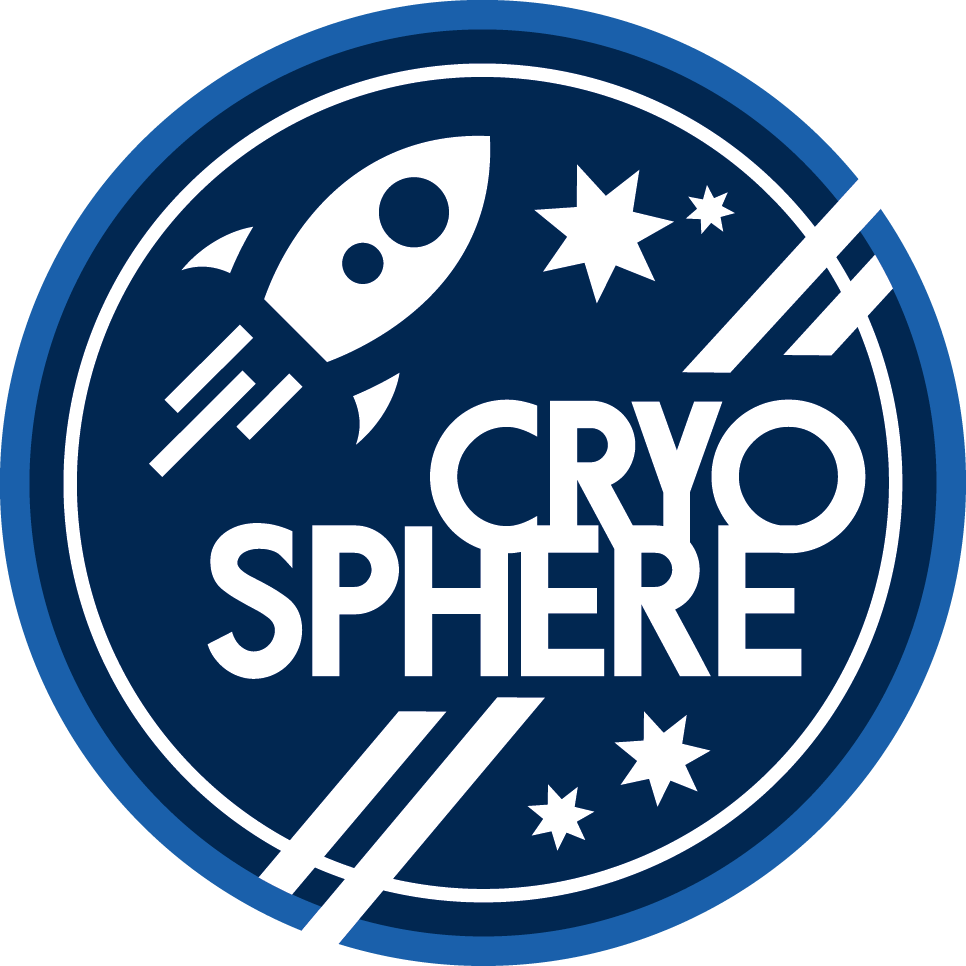
| Project Duration | 2013 – 2023 |
| Height | 5,8 m |
| Diameter | 240 mm |
| Takeoff Mass | 145 kg |
| Thrust | 10 kN |
| Apogee | 12106 m |
Cryosphere
Project Cryosphere represents the biggest and most powerful rocket WARR ever built.
The rocket utilizes a self-designed and built hybrid rocket engine. It runs on cryogenic liquid oxygen and solid HTPB-Polymer and achieves over 1 t / 10kN of thrust.
After years of development, the rocket finally launched in 2023. It achieved a height of 12 km, which marks the highest altitude WARR Rocketry has ever achieved. It launched from the Mojave Desert in the US at the Friends of Amateur Rocketry launch site.






